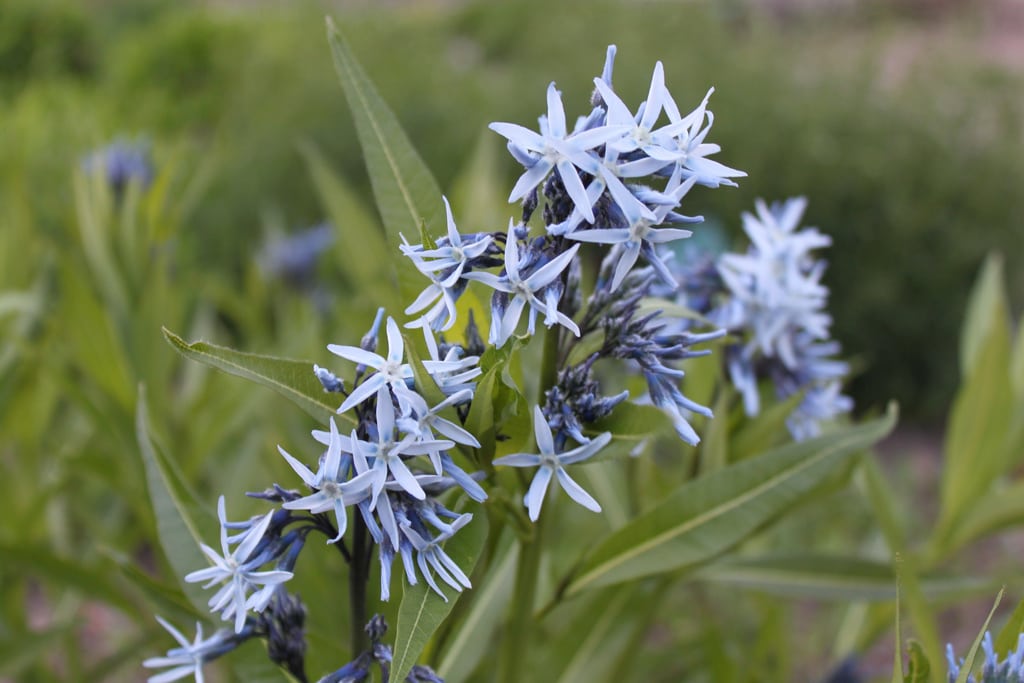Amsonia Cold Tolerance: Tips For Amsonia Winter Care


Amsonia plants are easy-care perennials with outstanding ornamental value. Most of the attractive species are native plants and called bluestar after the pale-blue, starry flowers that grow at the tips of their willowy foliage. Amsonia winter care is not difficult. But some gardeners want to know: can you grow blue star plants in winter? Read on for information about amsonia cold tolerance and amsonia winter protection.
Can You Grow Bluestar Plants in Winter?
Native bluestar amsonia plants grace plenty of gardens as low-maintenance, easy to grow perennials. If you plant them in full sun or partial shade in moist soil, the shrubs provide dense clusters of spring flowers and golden fall foliage. But can you grow bluestar plants in winter? That depends on a comparison of amsonia cold tolerance to the coldest temperatures in your region in winter. Amsonia cold tolerance is one of the factors that recommends it to northern gardens. This amazing plant thrives in U.S. Department of Agriculture plant hardiness zones 4 through 9, surviving temperatures below freezing. Some species, like Amsonia taberrnaemontana is hardy to zone 3. Although the plant has a delicate look to its slender foliage, it is actually quite tough. In regions with pronounced seasons, the plant is at its best in fall. The leaves turn a stand-out yellow. They remain standing when the first frosts hit and even winter snow. Yet for those growing amsonia in winter, weather can bring fears of unpleasant surprises. You may wonder if you should be using amsonia winter protection to assist the plant during the coldest periods.
Amsonia Winter Protection
Given the plant’s excellent cold tolerance and tough nature, it is not considered necessary to protect it in the garden. Still, there are some things you can do to promote amsonia winter care. If you are growing this plant in winter, you might want to prune in late fall. This type of winter care is more to promote dense growth in spring than to prevent cold damage. If you decide to undertake this task, trim the plants to about 8 inches (20.5 cm.) from the ground. Look out for the white sap released by the stems that irritates some people. A pair of good gloves should do the trick.
Sign up for the Gardening Know How newsletter today and receive a free copy of our e-book "How to Grow Delicious Tomatoes".

Teo Spengler is a master gardener and a docent at the San Francisco Botanical Garden, where she hosts public tours. She has studied horticulture and written about nature, trees, plants, and gardening for more than two decades, following a career as an attorney and legal writer. Her extended family includes some 30 houseplants and hundreds of outdoor plants, including 250 trees, which are her main passion. Spengler currently splits her life between San Francisco and the French Basque Country, though she was raised in Alaska, giving her experience of gardening in a range of climates.